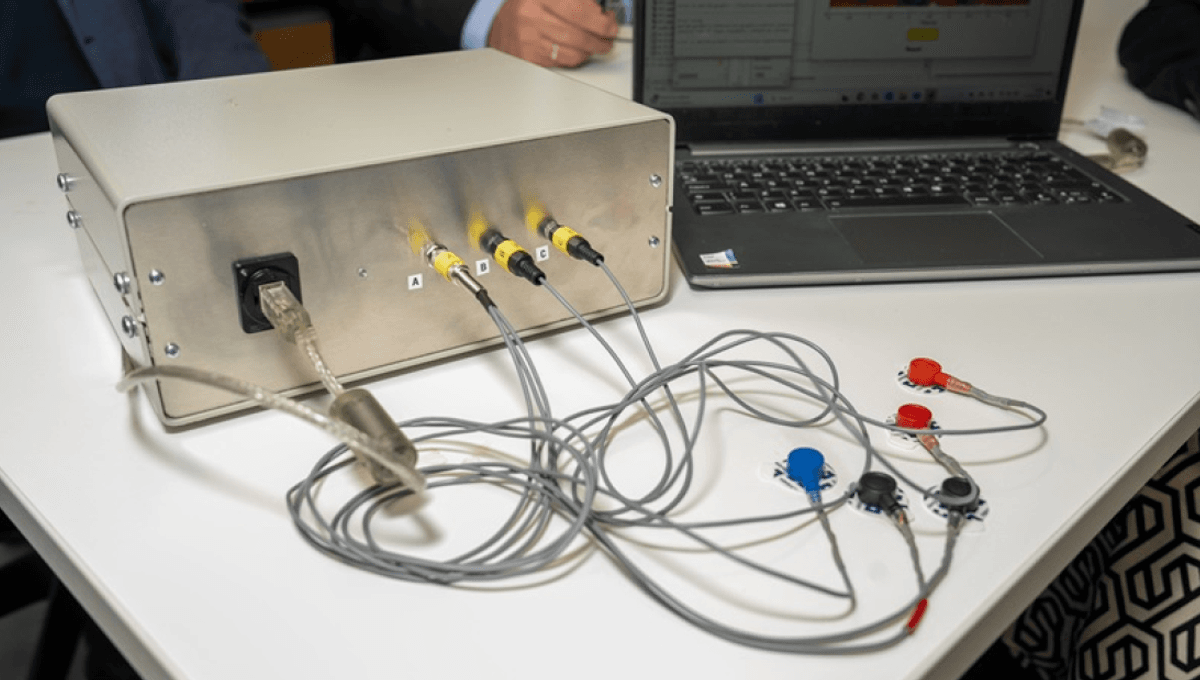
A team of scientists has innovated a brainwave reader that uses the power of thought to allow people to communicate yes or no, even when they can’t blink. The reader uses affordable parts and a novel artificial intelligence (AI) algorithm that’s being made available without copyright in the hope that it can help patients being supported by motor neurone disease (MND) and locked-in syndrome charities.
ADVERTISEMENT
“This technology can allow people who are in the late stages of MND to communicate critical information when they are unable to even blink,” said Professor Amin Al-Habaibeh of Nottingham Trent University’s (NTU) School of Architecture, Design and the Built Environment in a statement. “It could be used for a variety of purposes, such as to communicate what a patient’s wishes may be, whether they are comfortable, if they would like any further medication, and more.”
Prof Al-Habaibeh is an expert in intelligent engineering systems, and was inspired to support the work of MND and locked-in syndrome charities after his brother-in-law, Mr Naeem Radwan, died aged 38 after having MND.
For the technology to work, a patient has three electroencephalogram (EEG) sensors attached to their head that can detect different analogue signals in the brain. The researchers asked the patients to imagine vastly different scenarios to signify yes and no. An example provided by NTU included thinking of the joy of kicking a football for “yes”, and being trapped in a room with an elephant for “no”.
These thoughts produce different analogue signals to be detected by the EEG sensory, and then they are magnified and converted to digital signals before being interpreted by the novel AI algorithm. The positive or negative response is then shown on a screen.
Thanks to the brainwave reader’s modest parts, it comes in at around £300 ($385) per reader, and the research is being published under a creative commons licence so that it can be used freely without copyright. The team hopes this will help to get the technology to the people and places that need it most.
ADVERTISEMENT
“Our aim is to make this technology affordable for organisations such as charities so that it can be used more widely by families or hospices, rather than as a commercial venture,” said Prof Al-Habaibeh. “By allowing better communication in the later stages of MND, it will also allow medical professionals to treat patients better and take key decisions which are in line with the patient’s wishes.”
“With further research, we are confident that this approach could allow a patient to control a cursor on a computer screen, potentially with just four imaginations for up, down, left, and right. It may also be possible for this technology to be applied to mental health outputs, including detecting levels of stress.”
The study is published in the journal Neuroscience Informatics.
Source Link: New Device Gives MND Patients The Power Of "Yes" And "No", Even When They Can’t Blink